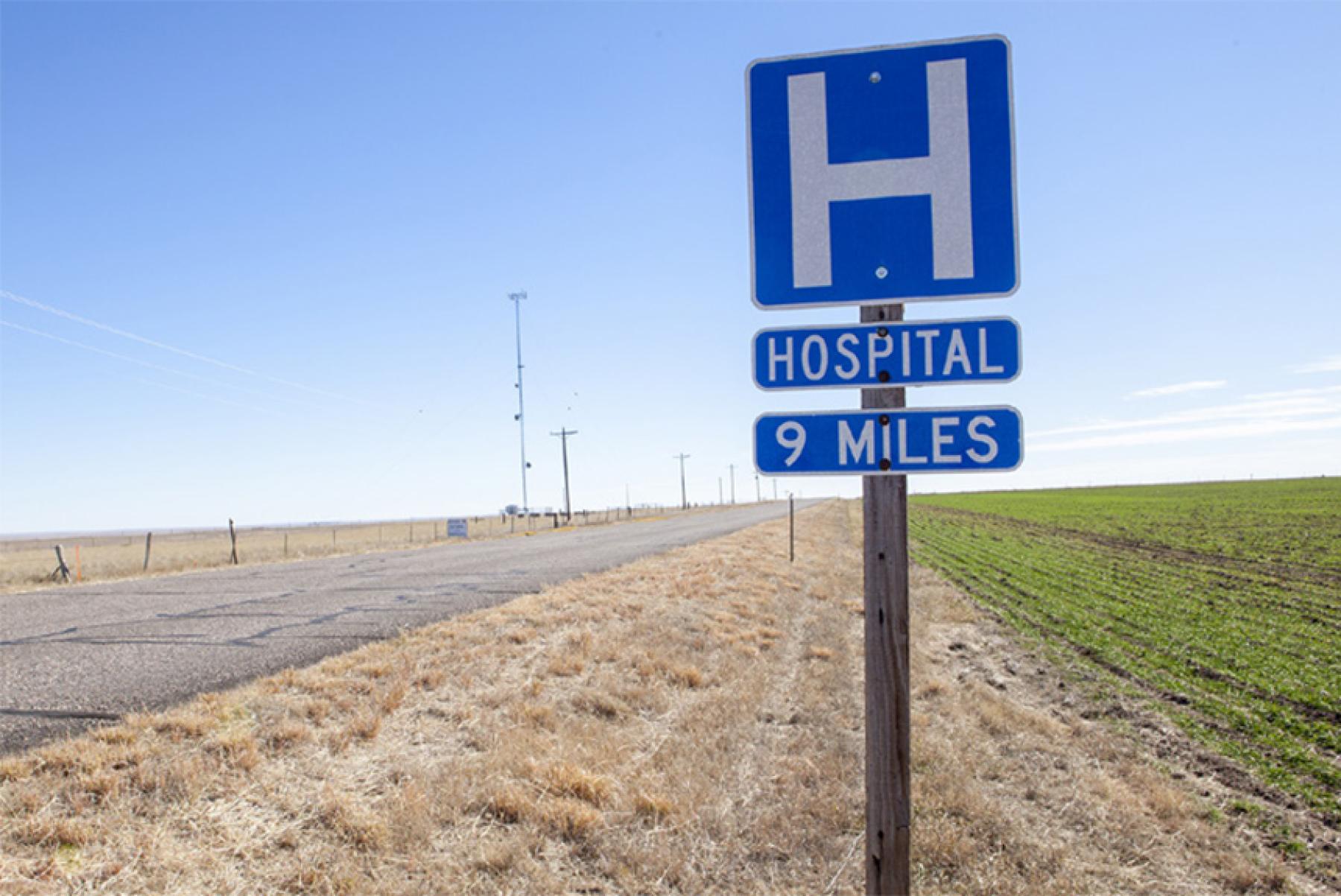Hot Off the Press: Rural Health: Innovating Out of Necessity

For more than a month here at CHI, we’ve been analyzing the November election results. And we’ve been doing it, at least in part, by creating maps based on the vote.
It’s clear that when it comes to this election, where you live matters. The headlines tell the story: Trump Wins More, Smaller and Rural Counties. Clinton Wins Fewer, Bigger and Urban.
But those county lines tell more than just whether you live in a community that leans red or blue — they can determine the barriers that Coloradans face in trying to live a healthy life.
CHI took this idea to the field this fall in preparing “Rural Health: Innovating Out of Necessity,” a 2016 Colorado Health Report Card Data Spotlight.
This is a collaborative with the Colorado Health Foundation as part of the 2016 Colorado Health Report Card. The Report Card gives a snapshot of the state’s performance on 38 key health indicators and paints a picture of where the state is progressing and where there is work to be done.
This Data Spotlight digs deep into one slice of the data — health in rural Colorado.
The takeaway: Coloradans living in the state’s rural regions experience disproportionately larger barriers to health than their urban counterparts in many areas. Poverty, few healthy options for fresh food and exercise, and a lack of access to health care are some of the barriers highlighted.
On the flip side, innovative residents of the less populous parts of our state are finding ways to deal with those barriers and thrive despite them.
And it’s those accounts from the field that bring the data to life. CHI’s Brian Clark took to the road to capture their stories, and our team interviewed folks working on the front lines of rural health.
In Burlington, Brian met Deena Ziegler, head of the Prairie Family Center. It’s the only one of its kind in the area, so families come from miles away to get the help they need — whether it’s the monthly food distribution, a parenting program or a mental health clinic referral.
In the San Luis Valley’s Conejos County, Abe Rosenberg told us about the Valleybound Antonito School and Community Garden. He said the garden is about more than growing fresh greens for the school — it’s about creating a community for the whole town.
And Brian made a stop in Rocky Ford to learn from Doug Miller about how his small health clinic is bringing integrated care to a town of fewer than 4,000 people.
Here are some high-level findings from the Spotlight:
- Households in rural Colorado earn about $48,000 annually — $10,000 less than their urban counterparts. And the lowest incomes go to rural parts of the state, with Alamosa coming in last with $31,400 annual earnings.
- Across Colorado, physical inactivity rates and obesity rates are closely linked. One of five Colorado adults (20 percent) is considered obese. But this rate climbs to almost a quarter (24 percent) of the population in the Eastern Plains. Perhaps not surprisingly, adults in this region report the lowest physical activity rates in the state.
- Many rural Coloradans are not getting mental health care when needed. Suicide provides a stark example. Suicide rates in almost all rural regions of the state are higher than the statewide rate of 20 suicides per 100,000 residents. In Colorado’s Central Mountain counties, the rural region with the highest rate, suicide deaths have reached 34 per 100,000. Read more here about the recent surge in suicide mortality in Colorado.
The stats can get dense, though. So, in line with our love of mapping, we created a one-stop shop for comparing the numbers across Colorado’s rural regions. Check it out on page eight and nine of the Spotlight.
And the story doesn’t stop at the regional level. CHI’s data visualization expert, Chrissy Esposito, compiled many of the report’s key indicators into an interactive county-level map. The map brings the data to the local level and shows the huge variation across the state’s counties — especially in rural parts of Colorado.
And that story is important — it makes it clear that the high-level data can’t possibly show the diverse stories of what’s happening at the local level, in terms of barriers to health or the innovative ways communities are finding ways around them.
As we head into 2017, CHI will continue watching what’s happening with local policy and health data in our rural communities. We know that rural innovation can be a lesson to the whole state.

